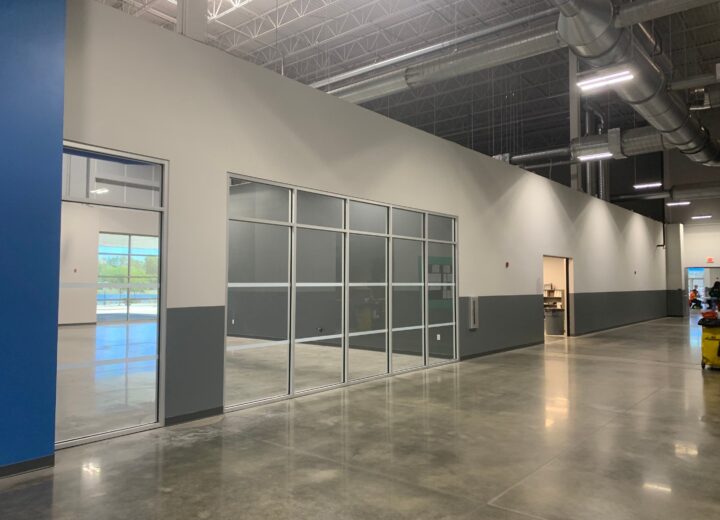
Mold can present itself in many places, especially within areas that have a high moisture content. It is not impartial to what it affects or even where it grows, so it is best to start with preventative protection. Mold and mildew has more opportunity to grow in commercial buildings than in residential housing. In your average home, you usually only have to worry about mold and mildew within the kitchen, bathroom and ceiling space’s, or what is called ‘wet areas’. In a commercial building, there are many zones that can foster microbial growth.
Most mold intrusions are due to having high humidity in the building. The Center for Disease Control recommends the level of moisture to be no more than fifty percent, which can be hard to do in zones that are moisture rich.
With the proper balance of reduced moisture exposure and the upkeep of sealed areas (such as roof, air ducts, air units, windows, doors and walls), you will find that your structure will fare better against the battle against mold.
Interior Mold Resistant Paint
One of the ways that you can prevent mold is by having the right paint for your interior job. Mold resistant paints that are used inside and outside of structures and can help protect your premises. It should be noted that even though the paints are ‘mold resistant’, they cannot keep the moisture out of your building alone. There are many coatings to choose from, which any experienced painting company should be able to go over with you.
The following are some of the paints that are commonly used to form a resistant barrier. Some of the listed paints are for interior use only and should not be used for exterior purposes, as they are not able to withstand the constant exposure of external elements.
Commonly Used Mold-Resistant Coatings:
- Acrylic Latex – This is an excellent finish for areas with heavy traffic that need to have an excellent mildew and mold barrier. It is effortless to keep clean and can have a primer additive mixed in so that you will not have to take the extra time to apply a primer. The no to low volatile organic compound (VOC) rating is a bonus.
- Alkyd – Like Acrylic paints, this is also a good one for high traffic zones. Cleaning and upkeep is effortless. This paint takes an extended period to dry, so you will need to plan accordingly.
The above coatings can also be applied to alternative surfaces to make sure that they are also resistant to the effects of mold, such as air conditioning ducts. If you are working with walls that have already had paint on them, you will need to make sure that you prepare them as required by the manufacturer.
If you have had damage within your interior, you need to repair the area before beginning to repaint. Since mold and mildew can live within your walls and possibly cause health problems, you need to make sure to have them inspected by a professional. Some mold removal requires special safety equipment and should not be attempted by members of staff without proper training.
Care will need to be taken in removal and cleaning the affected region. You will need protective clothing, air masks, and correct disposal containers . If improper measures are not taken, you can run the risk of exposing other areas of your building to harmful bacteria.
You will need to re-coat any painted areas on an ongoing base, as the paint can deteriorate over time and leave your walls unprotected. By making sure that your entire commercial business is adequately maintained, and your surfaces are being protected with the correct paint, you will be mitigating the potential problems that you can have with mold.






